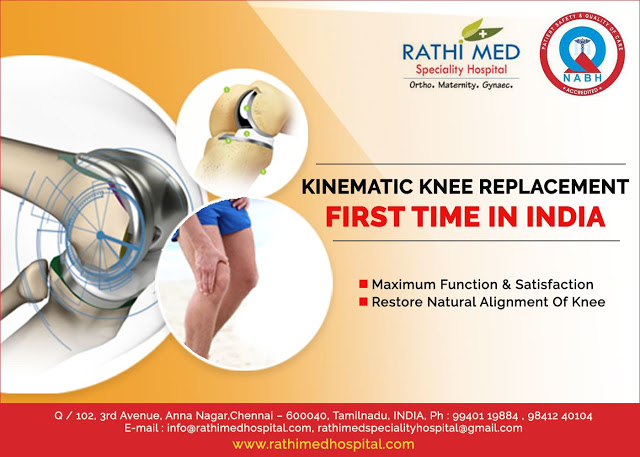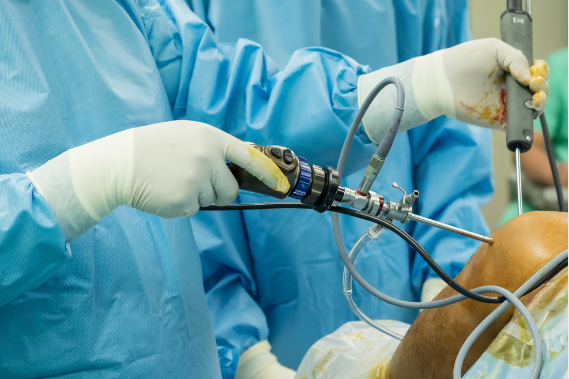People in this century are very busy with setting up career, that they are postponing many events to a future time, including parenthood. However when they attempt to start a family and have a baby, fertility plays a villain role.
Females are born with millions of egg follicles, of which around 4 to 5 lakh eggs will remain at the start of menstruation. As the body ages this number declines. Males, on the other hand, continue to create active sperm for most of their adult lives.
Today the average age of giving birth for the first time is 25 to 27, and steadily increasing. Before you postpone parenthood for a future time let's have a look at an average fertility cycle and evaluate how your decision affects your fertility level.
Understand menstrual cycle first
The menstrual cycle is a naturally occurring function in women, usually around the age of 12. The average time period of the menstrual cycle is 28 days. The process is comprised of four phases: menstruation, the follicular phase, ovulation, and the luteal phase.
During the menstrual cycle a woman's body undergoes many physiological and hormonal changes. Brain will trigger certain hormones to stimulate egg growth. Once the egg matures it will release from the ovary and reaches the uterus, travelling through the fallopian tube.
When the egg is not fertilized by sperm, it will disintegrate and be absorbed and the hormone levels will drop causing the lining of the uterus to shed and bleed resulting in a discharge through the vagina. Bleeding generally lasts around five days, but that varies from woman to woman.
Fertility Cycle:
From 18 to 24: Your
fertility peaks here, but generally aren't ready for children
This is considered as a “best” age to procreate purely from a physical standpoint. You fertility rate will be at its peak.
During this age a woman's strongest ovarian follicles are the first to mature into eggs for ovulation. These eggs are more likely to be high quality. The natural fertility rate each month between this ages is about 25 percent.
25-30: Your fertility starts a slow decline
Your chance of naturally conceiving a child falls with each year passing. How ever, your chance of getting pregnant without intervention remains fairly steady even now.
Couples under 30 who are still healthy are expected to be able to conceive in their first three months of trying 40 to 60 percent of the time. After age 30, the chances of getting pregnant begin to decrease gradually.
31-35: Your fertility might be 20 to 50 percent less than it was at age 20
Though it is your early 30s, you still have chances to have a baby as you still have quality eggs but odds will start to decline eventually. However, your fecundity rate decreases gradually until age 32. Studies show that 1 in 5 females nationwide have their first baby at 35. During your early thirties you are about half as fertile as you are in your early 20s and you are expected to start some type of fertility issues.
36-40: Your fertility really slows down now
During this age your fertility level drops dramatically. The chances of conceiving spontaneously is more than half that of during a younger age. Majority of couples during this age will be able to conceive within two years of trying.
However, the risks of chromosomal issues with eggs are higher during this period. The risks increase with every additional year. That means the risks of miscarriage or abnormal pregnancy are higher.
41-45+: You could still get pregnant with your own egg- some medicines will help
A woman reaches this age period will have a sudden decrease in quantity and quality of their eggs. These eggs are not easily fertilized just as the younger women. This is because by this age, a woman's body is preparing for menopause and ovaries have likely exhausted their follicles or are nearing the end of their supply.
With the use of assisted reproductive technologies like in
vitro fertilisation (IVF), these women can conceive successfully. However, with the increasing age of women, success rates of these procedures may decline. Babies born from people in this age range are also at greater risk for a number of birth defects and pregnancy complications. Miscarriage and chromosomal abnormalities increase significantly during this period of life.
Today, people are trying hard to start a happy family and have a baby. Because of advancements in fertility treatments, such as in vitro fertilisation, these individuals often do succeed at getting pregnant at their later age.
While your natural window gradually closes with your age, fertility treatments may be able to extend your window and even make your chances of successful conception higher.

























